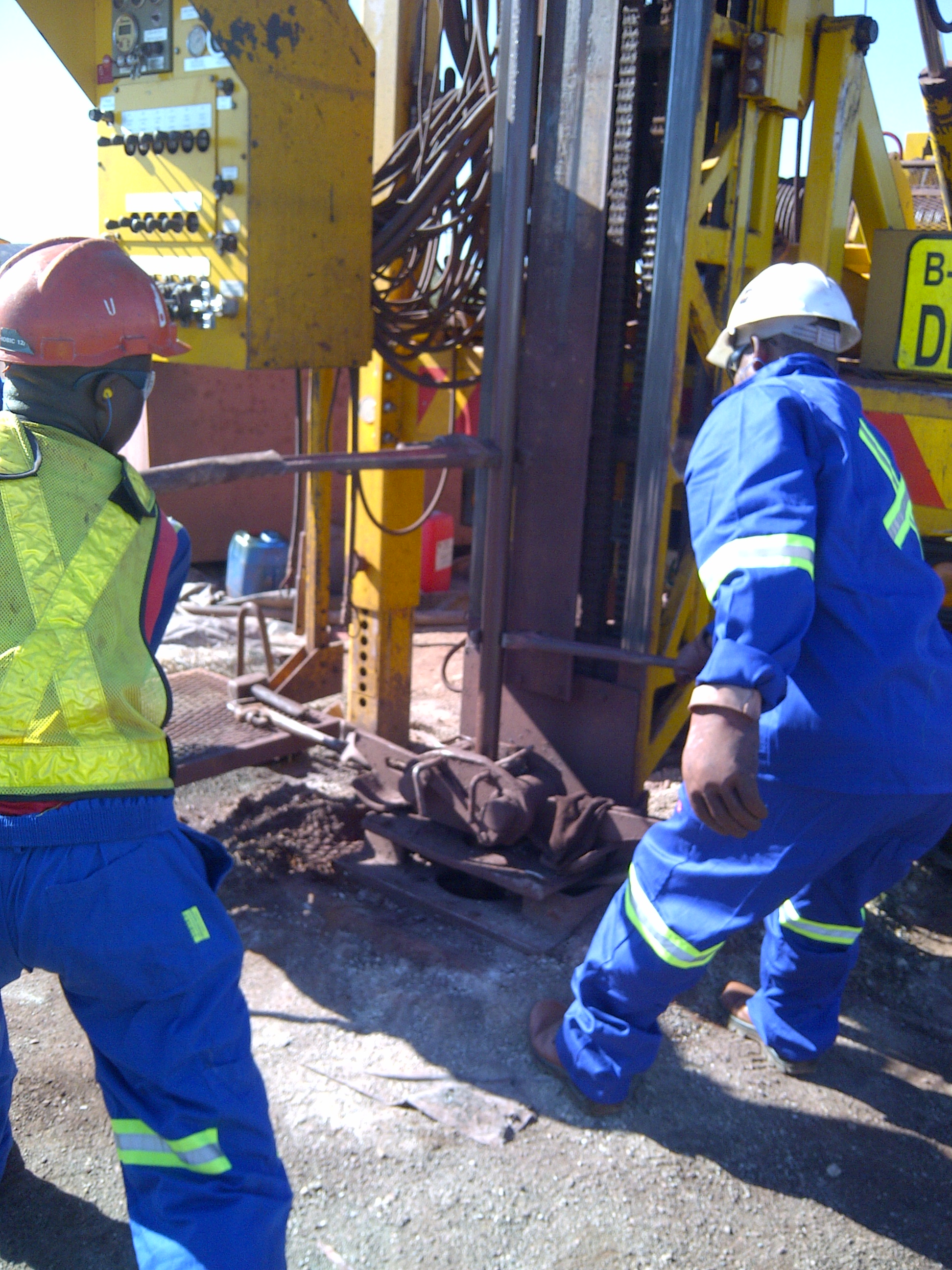The Use and Abuse of Wrenches
By Colin Rice· Colin Rice Exploration and Training (Pty) Ltd. · www.colinrice.co.za
Wrenches of all types are frequently misused and this leads to injuries and sometimes fatalities.
This is the second article of our Technical Series on the Use and Abuse of Wrenches. Click here for an outline of the entire the Use and Abuse of Wrenches Series.
The previous article in this series, addresses the different types of wrenches (Stilson, Rod, Outer tube and Inner-tube wrenches) as well as the risks associated with using these wrenches in exploration drilling operations.
When used correctly, in low torque applications, any of the wrenches listed above will provide trouble and injury free service. In these situations, connections are torqued at levels where the wrench can be used under normal human power with no additional leverage required.
Problems (and injuries) occur, however, when the connection being broken out is torqued too tightly for normal human power and so additional leverage is necessary to break the joint. This additional leverage is provided by either fitting a “cheater bar” over the handle of the wrench or by using the rotational power of the drill rig. In these situations a mechanically aided wrench should be used, however, a mechanically aided pipe wrench should never be used.
Again, cheater bars being used to break a joint
A wrench has been modified as a mechanically aided break out device. This must never be done.
A cheater bar being used to back off an over torqued joint - how not to break rods!
It must be remembered that ALL wrenches are hand tools and are not designed to be used under excessively high torque conditions.
Problems also occur when wrenches are used to apply an axial load. Stilson wrenches are frequently used to hold casing or other tubular components as they are run into or out of a borehole. Wrenches are designed to provide torsional forces and not axial forces and so they must not be used in these applications under any circumstances.
The next article in this series will examine, in detail, the way that different types of drill rigs trip and break-out drill rod connections.






Have a look at this short reference sheet for the proper use of wrenches, from Rigid.